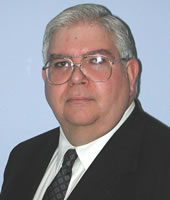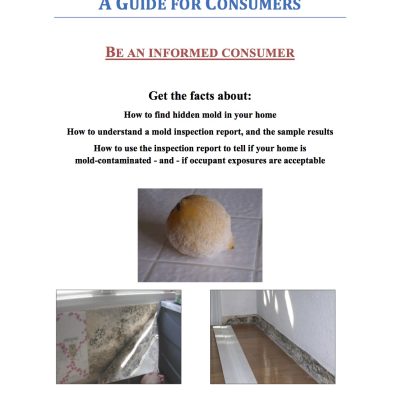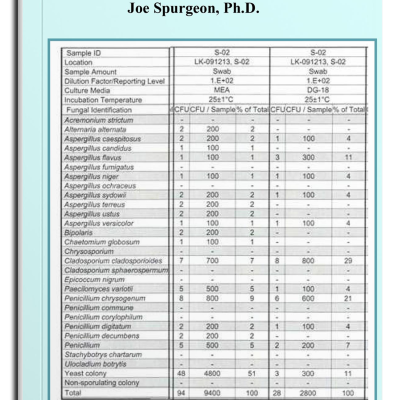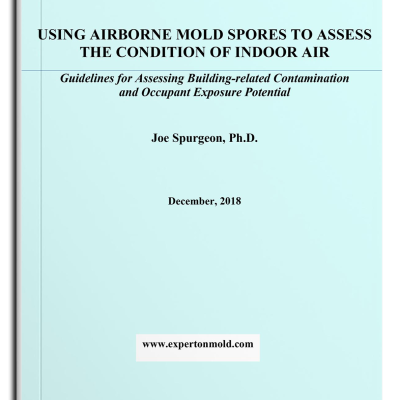When is indoor mold a problem?
Mold is present almost everywhere in our environment. Thousands of mold species have been identified in outdoor environments, but only a relatively small number of these molds are commonly detected indoors. Unless an individual is especially sensitive to mold the amount of mold typically present in normal indoor environments is usually not a cause for concern. It’s when indoor mold becomes amplified (when excessive growth occurs) that it can become a concern.
The following elements provide the opportunity for the excessive growth of mold to occur in the indoor environment:
- An indoor moisture source (plumbing leak, roof leak, slab moisture, flooding, high humidity, poor exhaust, etc.).
- Damp or wet surfaces such as spoiled food, wet drywall, carpets, excessive household dust, etc.
- Poorly maintained heating, ventilation and air conditioning (HVAC) systems.
- A preferred temperature range (indoor temperatures are perfect for indoor molds).
Since nutrients and the correct temperature are always present in a home, the excessive growth of indoor mold is usually caused by water intrusions. In other words, “mold follows moisture”; just add water and mold will grow. Therefore, a mold inspection generally either follows a water intrusion or has the objective of finding a undetected source. However, common sense rules the day. Mold on the ceiling above a shower may be an indication of inadequate ventilation rather than a plumbing leak; or it may indicate a plumbing leak originating from the upper floor.
Visible mold growth in the indoor environment is unacceptable and is a clear indication that a mold problem exists. However, waiting until mold is visible on indoor surfaces, when other indicators such as odor are present, may not be prudent. Once mold becomes visible, a water intrusion problem may be at an advanced stage. More importantly, at least a third of the problem homes I have inspected did not have any visible mold. So, the presence of visible mold indicates that a problem exists, but the absence of visible mold does not indicate that a mold problem does not exist (a “false negative”). The absence of visible mold is not a reliable indicator that a mold problem does not exist.
The purpose of a mold inspection is not to detect mold, which is always present, but rather to detect the excessive growth of mold in the indoor environment. The purpose of a mold inspection is to detect mold problems. This has important implications for both the mold inspector and the homeowner. First, how can the homeowner, and the inspector, tell the difference between normal and excessive amounts of mold in the indoor environment?
Although a visual inspection is a necessary part of a mold inspection, sample collection is an important part of a mold inspection; and greatly reduces the chance of a false negative occurring from visual inspections. But sampling is most useful when the sample results are part of a sampling plan and can be converted into usable information, such as differentiating between the conditions of normal and excessive mold growth. Second, once an inspector has found one mold problem there is a tendency to stop looking for the second problem. Even if a problem is discovered early in the inspection, a thorough inspection should be performed on the remainder of the property.





